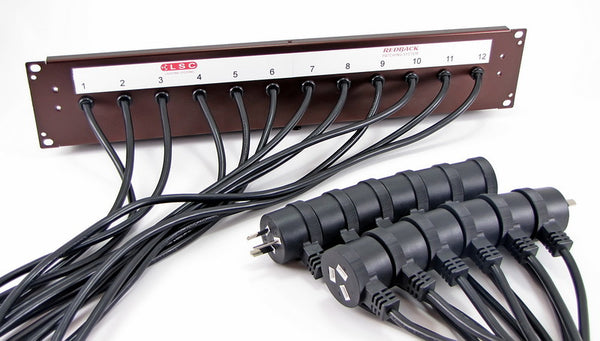Lighting Control Explained
Posted by Meghan McRae on
Lighting control systems are used in numerous different theatre and studio applications. They range from single channel follow spot dimmers up to large memory systems, which are used to control hundreds of dimmers.
A basic lighting control system includes four elements:

1. The Control Desk - Used by the lighting operator to control the lighting, usually by pushing buttons, moving sliders or turning knobs. The control desk which can be either manual or computerised, is the brain of the dimming system.
2. The Dimmer Rack - This controls the amount of electricity that is sent to each light. It acts as the muscles of the dimming system and takes it's instructions from the control desk. (Note: a dimmer rack is not required for LED Lighting. For more information on LED Lighting Control, check out Everything you need to know about LED Lighting).

3. The Control Cable - This is the cable that links the desk to the dimmer rack. It lets the control desk tell the dimmer rack what to do. The control cable is usually DMX.

4. The Patch Panel - In most theatres there are more electrical outlets for lights than there are dimmer channels (e.g.: the theatre may have 24 electrical outlets for lights and only 12 dimmer channels). The patch panel lets you patch the various outlets that you are using around the theatre into particular dimmer channels.

